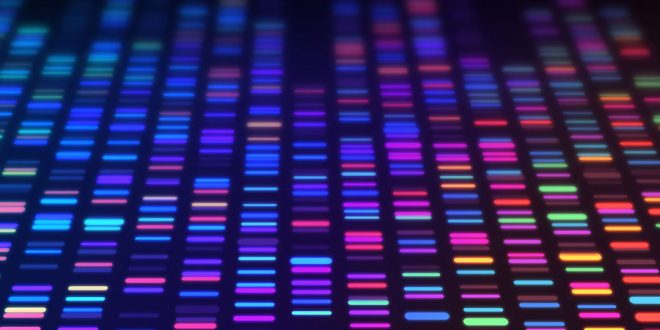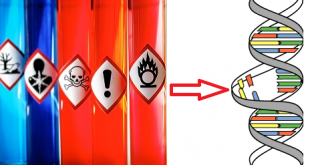The sum of all genetic material of an organism including coding regions, non-coding regions, chloroplast DNA, mitochondrial DNA is called the genome of that particular organism. The study of the structure and function of the genome of an organism is called Genomics. Generally, it can be of three types.
- Functional genomics: The high throughout determination of the function of a gene product. Included within this definition is the expression of the gene, the relationship of the sequence and structure of the gene product to other gene products in the same or other organisms, and the molecular interactions of the gene product.
- Structural genomics: The high throughout determination of structural motifs and complete protein structures and the relationship between these and function.
- Comparative genomics: The use of sequence similarity and comparative gene order (synteny) to determine gene function and phylogeny.
Are genomes of all organisms same?
There is no such thing as a common genome structure. Rather, there are major differences between the genomes of bacteria, viruses and organelles on the one hand and the nuclear genomes of eukaryotes on the other. Within the eukaryotes there are major differences in the types of sequences found, the amounts of DNA and the number of chromosomes.
This wide variability means that the mapping and sequencing strategies involved depend on the individual genome being studied.
Best safe and secure cloud storage with password protection
Get Envato Elements, Prime Video, Hotstar and Netflix For Free
Best Money Earning Website 100$ Day
#1 Top ranking article submission website
Genome Size
Because the different cells within a single organism can be of different ploidy, e.g. germ cells are usually haploid and somatic cells diploid, genome sizes always relate to the haploid genome. The size of the haploid genome also is known as the C-value.
- Measured C-values range from 3.5 × 10^3 bp (base pair) for the smallest viruses, e.g. coliphage MS2, to 10^11 bp for some amphibians and plants (Fig. 1).
- The largest viral genomes are 1–2 × 10^5 bp and are just a little smaller than the smallest cellular genomes, those of some mycoplasmas (5 × 10^5 bp).
- Simple unicellular eukaryotes have a genome size (1–2 × 10^7 bp) that is not much larger than that of the largest bacterial genomes. Primitive multicellular organisms such as nematodes have a genome size about four times larger.

Not surprisingly, an examination of the genome sizes of a wide range of organisms has shown that the minimum C-value found in a particular phylum is related to the structural and organizational complexity of the members of that phylum. Thus the minimum genome size is greater in organisms that evolutionarily are more complex (Fig. 2).

Good to know
- There is evidence that birds with smaller genomes are better flyers (Hughes & Hughes, 1995).
- Plants are more responsive to elevated carbon dioxide concentrations (Jasienski & Bazzaz, 1995) as their genomes increase in size.
References
- Principles of Genome Analysis & Genomics by Primrose & Twyman.
- Hughes A.L. & Hughes M.K. (1995) Small genomes for better flyers. Nature 377, 391.
- Jasienski M. & Bazzaz F.A. (1995) Genome size and high CO2. Nature 376, 559–560.
 Plantlet The Blogging Platform of Department of Botany, University of Dhaka
Plantlet The Blogging Platform of Department of Botany, University of Dhaka




